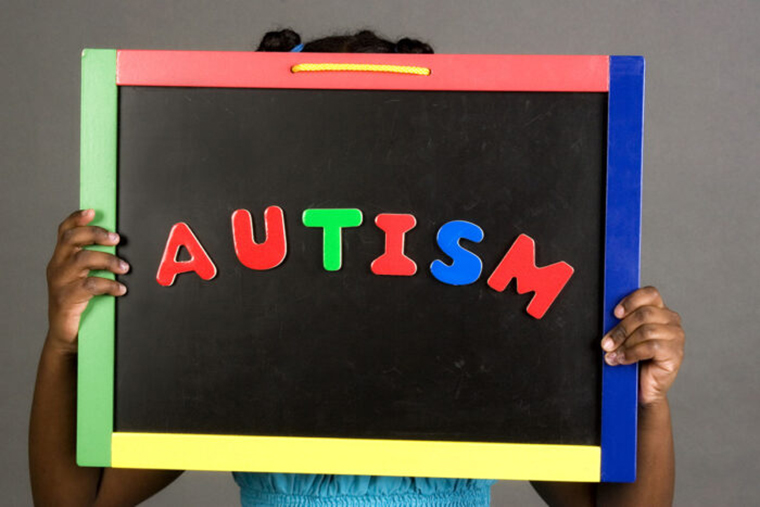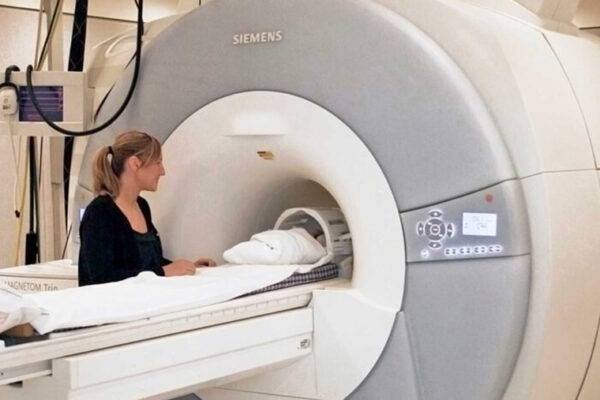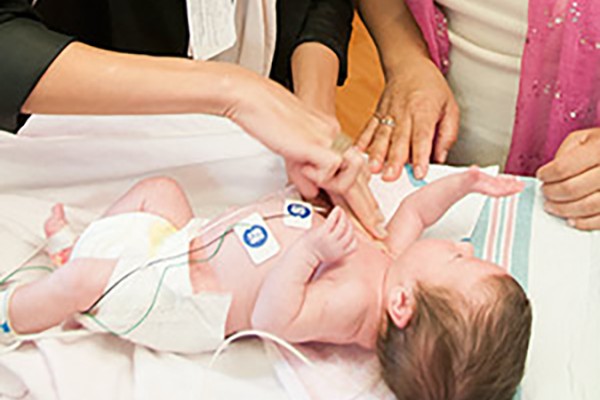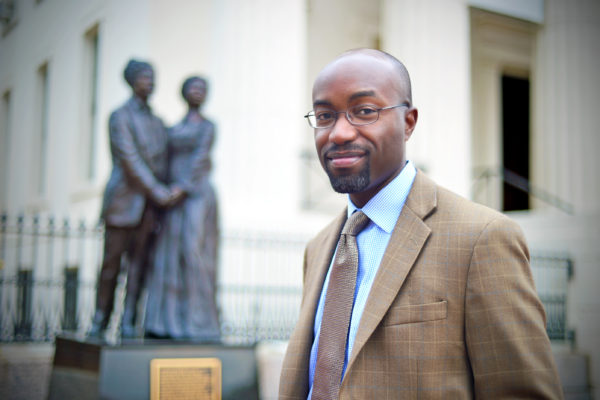Diagnosing autism in children as early as possible is essential to improving their language, social and cognitive skills. But often the diagnosis is made relatively late — even after some children begin elementary school. In the United States, diagnostic delays and barriers in access to developmental therapy for those with autism are particularly pronounced among children from minority groups.
A new study led by researchers at Washington University School of Medicine in St. Louis highlights the nature of those obstacles and the high stakes of health disparity for African American children affected by autism spectrum disorder, who typically face longer delays in diagnosis than white children.
Although it’s now possible to diagnose autism in children before age 2, most kids are 4 or older when they receive a diagnosis. In this study involving 584 African American children at four autism centers across the United States, the average African American child already was almost 5½ years old at the time of diagnosis, despite the fact parents first had expressed concerns about their kids’ development more than three years earlier. Nationally, white children are diagnosed an average of six months earlier than African American children.
The new study detailing the nature of delays in the timing of autism diagnosis among African American children is published online Aug. 24 in the journal Pediatrics and will appear in the journal’s print issue in the September.
“This study reveals major roadblocks to receiving a diagnosis of autism, which has significant consequences for young children and their families,” said the paper’s first author, John N. Constantino, MD, the Blanche F. Ittleson Professor of Psychiatry and Pediatrics at Washington University. “In our current national conversation about race, preventable disparities in diagnosis and treatment services deserve a high priority because failure to address these disparities may seriously compromise outcomes for children affected by autism. We must do better.”
One of the most common and ominous markers of the effects of these racial disparities in the lives of children with autism involves the rate at which they are additionally affected by intellectual disability. Recently published data collected by Constantino, Rob Fitzgerald, assistant professor of child psychiatry, and colleagues at other academic institutions, as well as the U.S. Centers for Disease Control and Prevention, show that 22% of white children with autism also have intellectual disability. But among African American children, the rate of intellectual disability in those with autism tops 44%.
Historically, it has been presumed that an excess burden of intellectual disability is due to the fact that, on average, only some of the most severely affected minority children receive an autism diagnosis. But that no longer holds true in the United States, Constantino explained. The diagnostic prevalence of autism is approximately the same across races, at one in 54 children, leaving the stark and persistent disparity in intellectual disability between the races unexplained.
“Remarkably, among the African American children with autism in the new study, intellectual disability was not related to the factors that usually predict cognitive strengths and weaknesses,” said Constantino, also the director of the university’s William Greenleaf Eliot Division of Child & Adolescent Psychiatry. “Household income, the IQ levels of blood relatives, and preterm birth often are linked to cognitive outcomes, but those factors did not explain the disproportionate burden of intellectual disability suffered by African American children with autism. There is an ethical imperative to determine whether leveling the playing field for the timing of diagnosis and the quality and quantity of developmental therapy might resolve this disparity.”
The researchers — from Washington University School of Medicine in St. Louis, Emory University School of Medicine in Atlanta, Albert Einstein College of Medicine in New York and the David Geffen School of Medicine at UCLA — analyzed data gathered from children whose parents/guardians sought thorough evaluations at those autism centers to determine whether their children had autism spectrum disorder. Most of the children already had been evaluated by other specialists first before seeking out an evaluation at these designated autism centers.
“A lack of available professionals to make the diagnosis may contribute to some of the delay,” said co-first author Anna M. Abbacchi, a clinical research specialist in psychiatry at Washington University. “But even when the families had access to specialists, autism diagnoses took longer for African American children. Nearly half of parents of the children in the study reported they had seen multiple specialists before their children finally received a diagnosis.”
There is no medical test, like a blood test, to diagnose autism spectrum disorder. Instead, doctors review a child’s developmental history and behavior in making a diagnosis. Early signs of a problem can include avoiding eye contact, disinterest in other children, difficulty using words to communicate or getting very upset by what seem to be minor changes in routine. There also have been trends over the past decade for some insurers and service providers to require additional, lengthy psychological tests to establish eligibility for services, which has compounded delays and barriers to developmental therapy for minority children.
“The disparities don’t end with the timing of diagnoses,” Constantino said. “They continue in disparities with access to intervention services. A problem is that the long waits, as documented in our study, disproportionately affect children with government-based, rather than private, insurance. And a common concern of primary care physicians who serve children in disadvantaged urban neighborhoods is that because fewer therapeutic options are available, there is less incentive to make a timely diagnosis.”
Notably in this study, the researchers found that a lack of health insurance was not involved in driving the delay between parents expressing concerns and African American children receiving diagnoses.
“Late diagnoses were not linked to a lack of general access to care or an inability of parents to recognize a problem,” Constantino said. “Resolving missed opportunities for timely and appropriate developmental therapy is a necessary next target for attempting to prevent the cognitive impairments that disproportionately complicate autism in young African Americans. Reducing this added burden is key to enhancing the ability of children with autism to learn, adapt and contribute to the community around them.”



